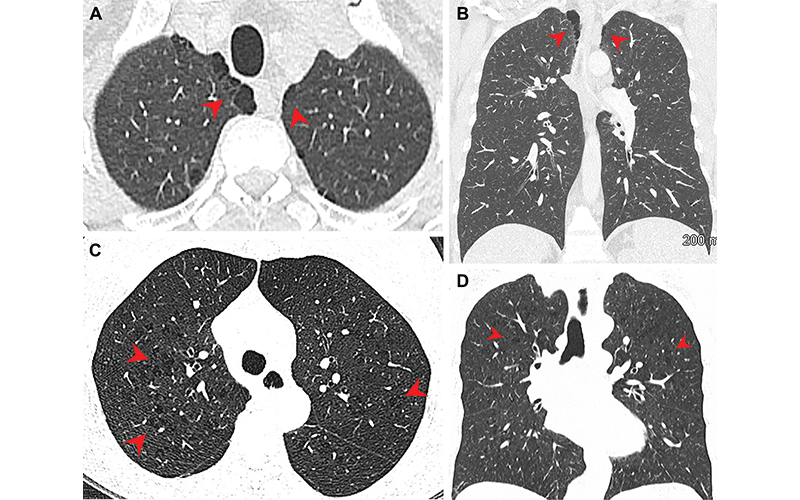Lessons Learned from Combating Smoking and Other Market-driven Epidemics
Researchers share insights from US reduction of cigarette, sugar, and opioid consumption

A case definition of market-driven epidemics (MDEs) could help address critical barriers to timely, effective prevention and mitigation, according to a study published this week in the open-access journal PLOS Global Public Health by Jonathan Quick from Duke University School of Medicine, US, and colleagues.
The misuse and overconsumption of certain consumer products have become major global risk factors for premature deaths at all ages, with their total costs in trillions of dollars. Progress in reducing such deaths has been difficult, slow, and too often unsuccessful. To address this challenge, Jonathan Quick and colleagues introduced a case definition of MDEs, which arise when companies aggressively market products with proven harms, deny these harms, and actively oppose mitigation efforts. To demonstrate the application of this concept, the researchers selected three MDE products: cigarettes, sugar, and prescription opioids. Based on the histories of these three epidemics, the researchers described five MDE phases: market expansion, evidence of harm, corporate resistance, mitigation, and market adaptation.
From the peak of consumption to the most recent available data, US cigarette sales fell by 82%, sugar consumption by 15%, and prescription opioid prescriptions by 62%. In each case, the consumption tipping point occurred when compelling evidence of harm, professional alarm, and an authoritative public health voice or public mobilisation overcame the impact of corporate marketing and resistance efforts. Among the three epidemics, the gap between suspicion of harm and the consumption tipping point ranged from one to five decades – much of which was attributable to the time required to generate sufficient evidence of harm. Market adaptation to the reduced consumption of target products had both negative impacts (eg, geographical shift of corporate marketing efforts) and positive impacts (eg, consumer shift away from sugar-sweetened beverages).
According to the authors, this is the first comparative analysis of three successful efforts to change the product consumption patterns of millions of people – and, over time, some of the associated adverse health impacts of these products. The MDE epidemiological approach of shortening the latent time between phases provides the global health community with a new method to address existing and emerging potentially harmful products and their health, social, and economic impacts.
While the specific product and circumstances are unique to each MDE, understanding the epidemiology of consumption and health impacts, and epidemic milestones, should help public health leaders combat current MDEs and more swiftly recognise future MDEs. Given the similar patterns among different MDEs, public health leaders, researchers, civil society and others can apply the mitigation strategies presented in the review article to save lives and lessen the impact of continuing and emerging MDEs.
The authors add: “The use of cigarettes and other unhealthy products costs the world millions of lives and trillions of dollars each year. An analysis of U.S. progress against three such market-driven epidemics demonstrates that we can save lives through earlier, more decisive action by public health leaders, researchers, and public mobilization,” concluding: “The use of cigarettes and other unhealthy products often follow patterns similar to infectious disease epidemics, causing widespread harm before any public health response. We can save lives by recognizing these market-driven epidemics earlier and acting more decisively to control them.”
Provided by PLOS










